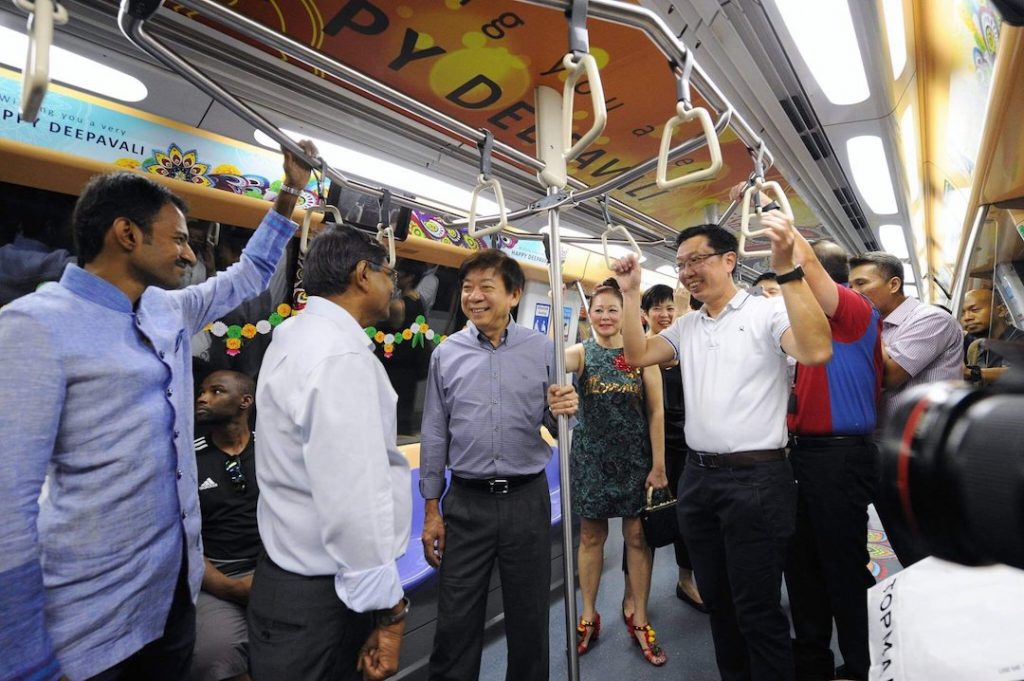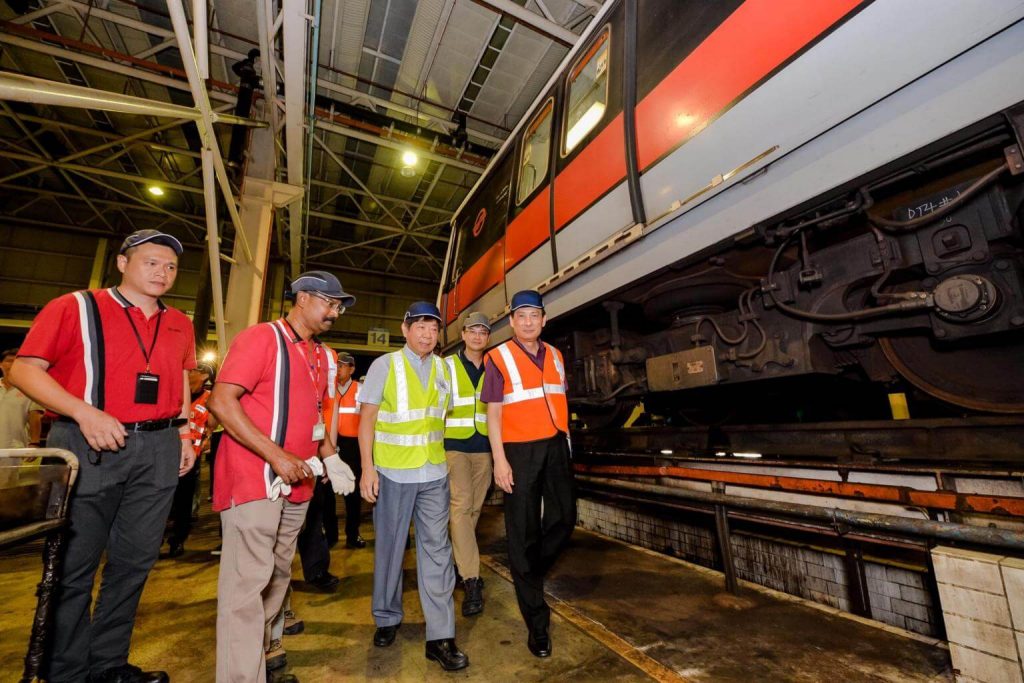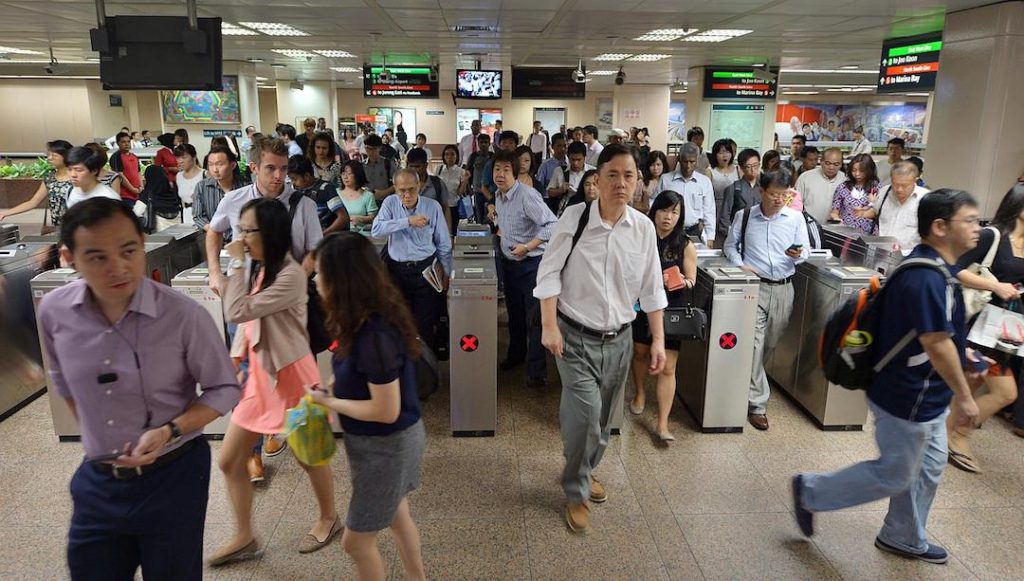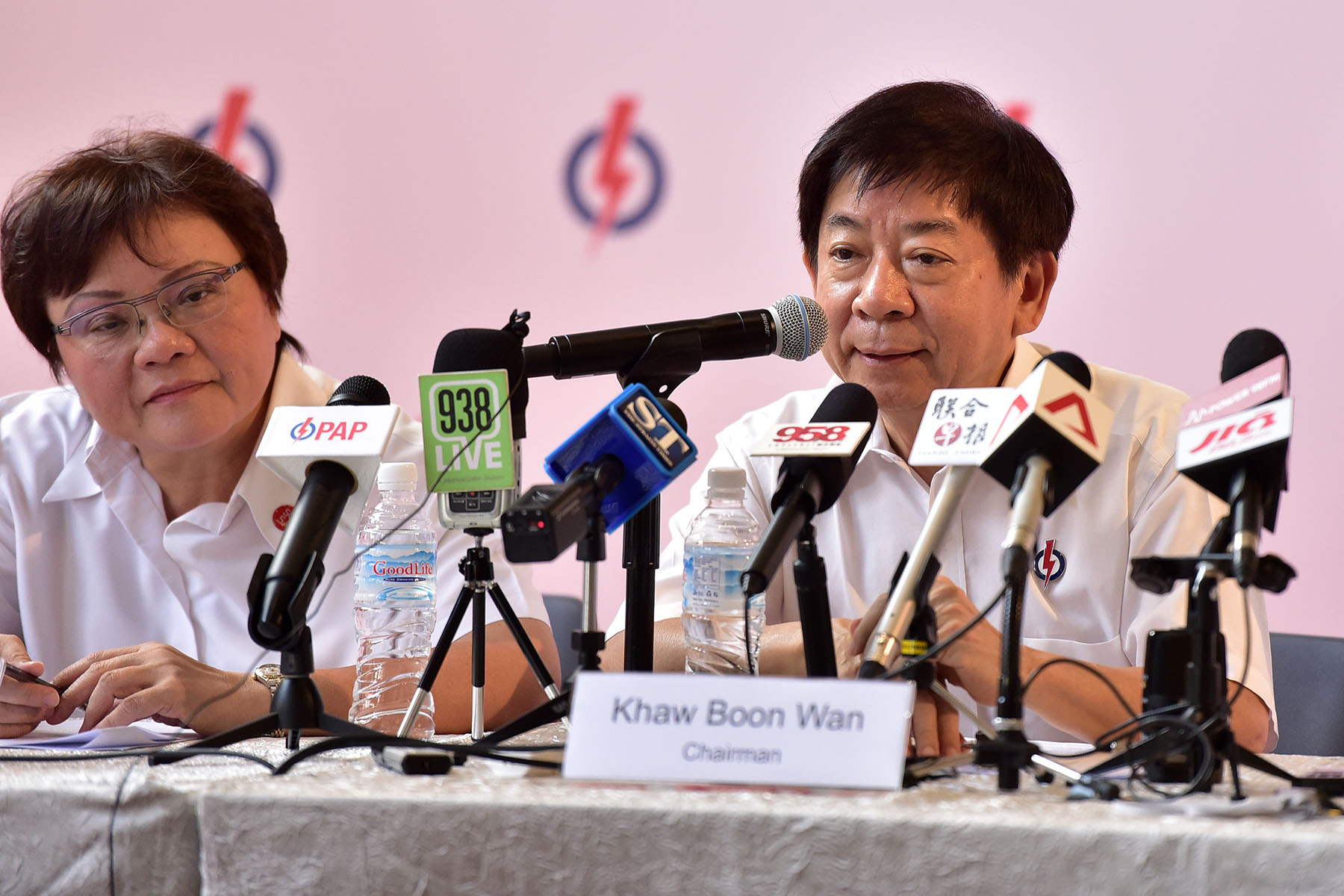All the happy, smiling people on university brochures and banners told me I could be anything I wanted to be after graduation. And so after slogging a good four years to get my First Class Honours, I chose to work in SMRT’s Corporate Communications Division.
It would be fulfilling to shape public perception of such a well-known brand, I thought. I wanted to make Singapore a better place. And you know what they say: in order to change the system, start from within.
Also, I couldn’t find another job.
Come to think of it, the three-word job description (‘manage crisis communications’) should have raised a red flag.
But the Corporate Marketing and Communications Department wanted me to start the very next day. Something about a high turnover rate, they said.
So I volunteered.

Every day, I receive about 100 text messages before I even leave home at 7:30am. Once, I received the first message of the day at 7:45am and thought my entire team had died. Turns out all trains were running smoothly that morning—none of us knew the standard operating procedure for such a rare situation.
After awhile, the daily job scope can get pretty routine. Even a crisis can get boring after it happens for, like, the 10th time in a month.
In the mornings, I do social listening and media monitoring on Facebook and Twitter to ensure commuters get to their destination without getting high blood pressure. My job is to try and mitigate angry comments whenever I can. “Good morning! Sorry to hear that! Hope your journey is smoother for the rest of the day!” should make someone feel better about missing their sixth train.
Then lunch is always with a transport reporter, an SMRT engineer or my therapist. Basically, people whom I think could help make my life easier.
And at regular intervals throughout the day, I pray the trains don’t break down. This is often futile because I’m not religious.
The best part of my job is that I only need to achieve three favourable media hits in a month. If any media coverage frames whatever Minister Khaw said in a good light, my team buys 4D that night. We haven’t bought anything within the last three months.
That said, my friends in companies with products that don’t fail on its customers tell me they need to achieve three favourable media hits in a week.
How extreme. I’m glad I work for SMRT.

I wish I could say he’s completely responsible for the things that he says. But this is where Khaw_Boon_Wan_Media_Playbook_v203.doc comes in.
Think of it as a guidebook on how to react in possible crises, such as when passengers drink water on the MRT or when the late Mr Lee Kuan Yew rises from the dead to sort out our shit. It is the most viewed document in our shared server; there are at least 20 edits made to it every day.
For the most part, however, six key points remain largely unchanged:
1. Always frame the transport situation by giving perspective. Guilt-trip Singaporeans into being grateful for our reliable “first-class transport system”.
2. When an extreme incident happens, always say you are “deeply sorry”. Then when the injured passengers have no choice but to forgive SMRT, say you are “deeply grateful”. If your speechwriter suggests you use another adverb besides “deeply”, refuse to listen with the same stubbornness that you refuse to listen to Singaporeans.
3. Address every incident, no matter how severe, by thanking all staff and workers who work tirelessly to ensure you still get to keep your job.
4. If necessary, vaguely take responsibility. Never accept full blame—that would make you a decent human being, not a politician. Simply state that the right culture “begins from the top”. In this way, you appear self-aware enough while passive aggressively calling out other members of senior management.
5. Deflect blame. Blame the media. Blame the maintenance staff. Blame Mother Nature.
6. Memorise these responses to common occurrences:
a. Train breakdown: “We deeply regret the inconvenience caused.”
b. Train delay due to weather: “We deeply regret the inconvenience caused.”
c. Not enough buses deployed to stations: “We deeply regret the inconvenience caused.”
d. Angry netizens: “Even main media have turned tabloid. Yes, exciting and so on… frightening readers.”
We will likely rename the file to Khaw_Boon_Wan_Media_Playbook_v204.doc tomorrow. We need to add a holding statement for occasions when lightning strikes the trackside equipment.
Can’t believe we missed that.

I even take my phone into the shower with me, in case there is a 10-minute train delay somewhere. I wouldn’t dare think of washing the shampoo from my hair when I need to ensure all communication channels carry a cohesive message.
The thing with doing public relations for SMRT is you gotta always be on your toes. Some would say it feels like self-loathing, which is a nice way of putting it.
But in all seriousness, I love my job. Online abuse is exactly what I signed up for.
Sure, my colleagues and I occasionally joke about ending it all by throwing ourselves in front of a train. But we always end up laughing at our absurdity. For what it’s worth, I hope we never resort to such extreme measures. That would be deeply tragic.
It may cause the East-West Line to break down.






